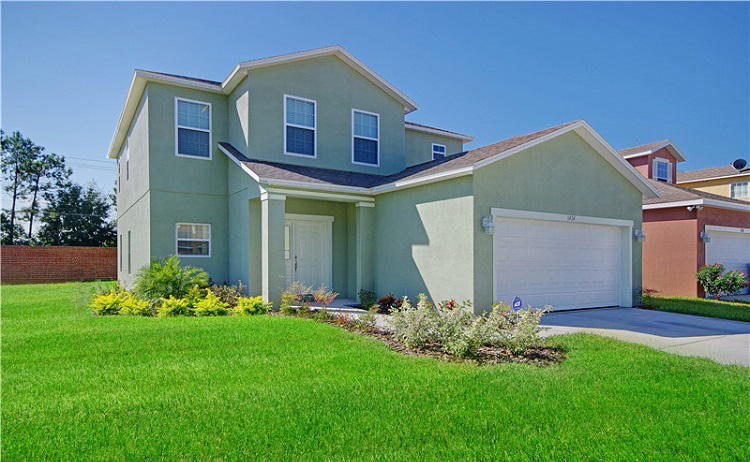Australian Property Insider: New Data Confirms the Future of Housing Prices?
2023-08-16
Although many commentators are concerned about a potential "fixed-rate cliff" in the future, official data shows that most mortgage debt is based on floating interest rates. Many people have also paid off their loans early during the low-rate cycle, while others have refinanced. Inflation has peaked, and rates may fall at the appropriate time, restoring consumer confidence and keeping the market rising.
However, the Australian property market will show a divided trend, so those interested in Australian properties want to know what will happen in the future.
Dr. Andrew Wilson, Chief Economist of the Australian Housing Market, and property expert Michael Yardney analyzed some forward-looking indicators that could provide clues to investors.
Residential building approvals decline
According to the latest data released by the Australian Bureau of Statistics (ABS), residential building approvals fell by 7.7% in June, with apartment approvals (which are more volatile) down by 21.0% and residential approvals down by 1.3%. Approvals in New South Wales (NSW) fell sharply (44.9%) after a significant increase in May due to a surge in large apartment developments in Sydney.
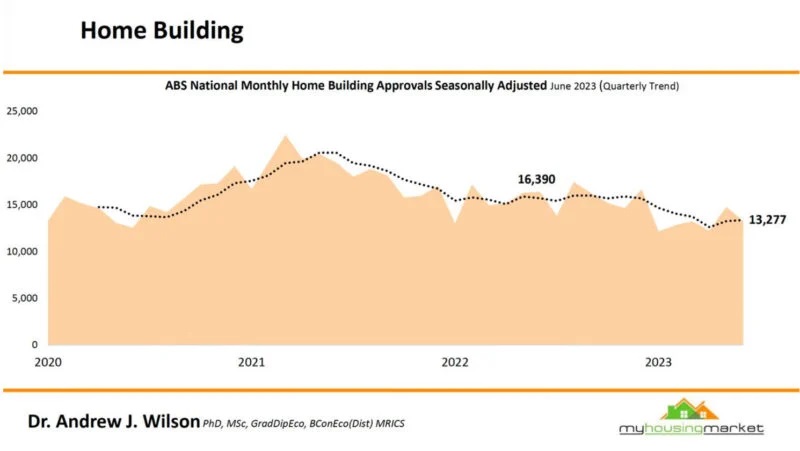
Dr. Andrew Wilson pointed out that annual building approval levels are still low compared to long-term averages, despite significant demand due to Australia's growing population. He believes this will lead to further increases in Australian housing prices in the future as the supply shortage only worsens.
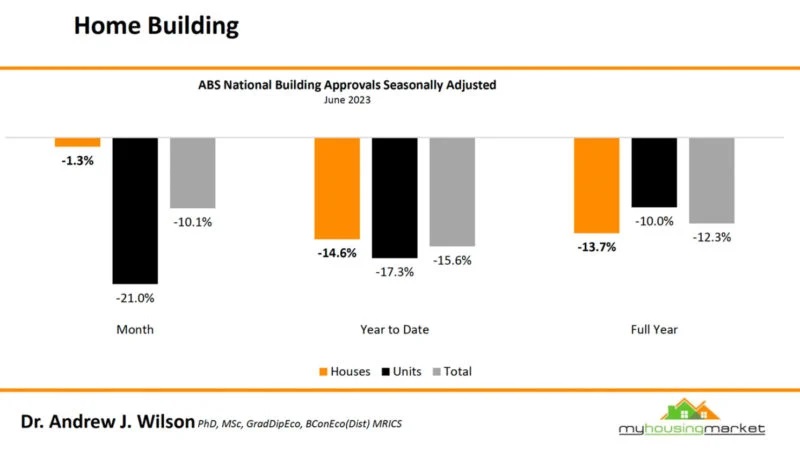
Residential building costs are still rising, but the pace is slowing
According to the latest data from the ABS, quarterly residential building costs nationwide rose again and were significantly higher than the same period last year. However, the annual growth rate of quarterly residential building costs slowed again in June, but remained high, continuing to put pressure on the profitability of home builders.
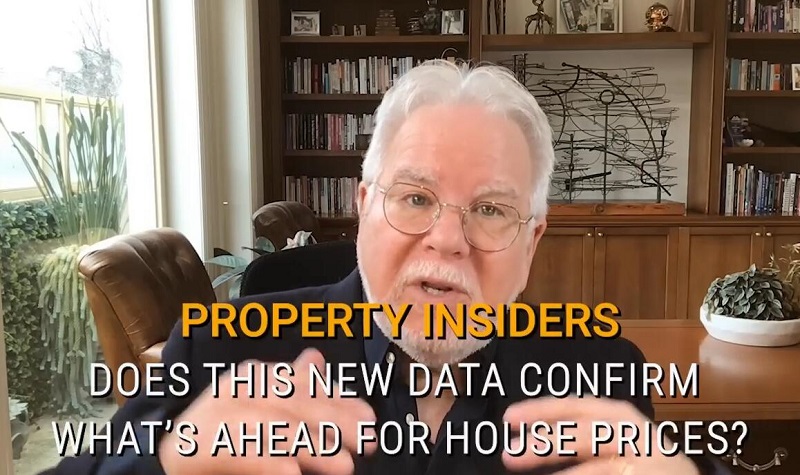
Michael Yardney explained that this means new homes need to be sold at higher prices before developers begin construction. The supply of available land is also very tight, leading to a 23% increase in land prices from March 2020 to March 2023.
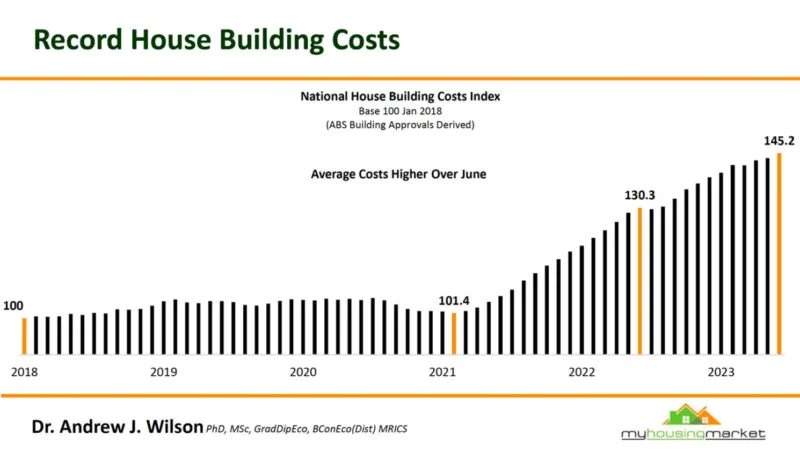
Dr. Andrew Wilson added that this will lead to a slowdown in new home construction over the next few years as developers face higher costs and lower profit margins. He also predicts that rents will rise over the next few years due to rising residential building costs.
- *E-mail:
- *Cel:
- *Password:




